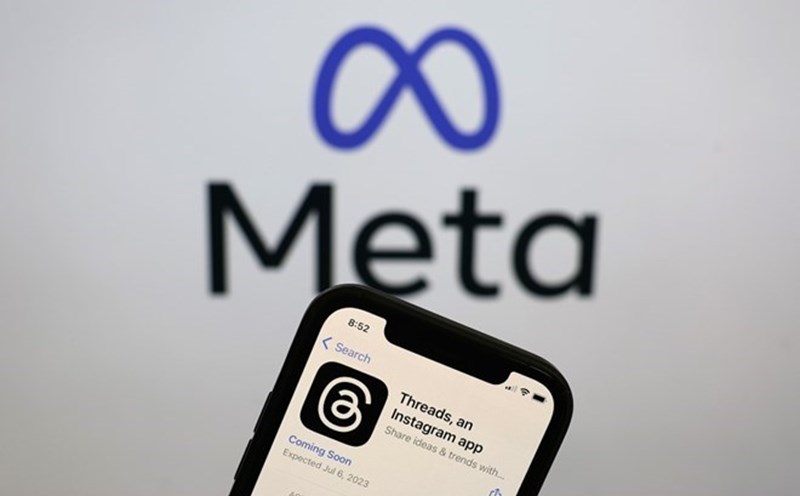Meta has just launched a new series of smart glasses at its annual event for developers, showing that the company continues to bet on a future where reality and virtual reality blend together.
The highlight is the Ray- Ban Display model with an integrated screen, allowing users to view messages, photos and many other contents as on the phone.
Promoted as Meta's most advanced AI glasses line, the Ray- Ban Display comes with a wristband containing a neurosensor, supporting control with finger movements. The starting price of the product is 799 USD.
Mark Zuckerberg affirmed Meta's goal of creating glasses that are both beautiful and bring "personal super intelligence" with the ability to display vivid holograms, playing the role of the next computing platform to replace smartphones.
Meta started to push into the field of virtual reality and Metaverse in 2021, but reality Labs continued to suffer losses. In the second quarter of this year alone, this department reported a loss of 4.5 billion USD on revenue of only 370 million USD.
According to analyst Leo Gebbie, there is little chance that smart glasses will help reality Labs make an early profit, but Meta needs to accept playing long-term to escape dependence on Apple and Google.
Meanwhile, the glasses line in collaboration with Ray-Ban has brought more success with millions of products sold, integrated cameras, music playing and voice interaction with AI. The latest models include the Ray-Meta Ban priced from 379 USD, and the Oakley Meta Vanguard priced at 499 USD, aimed at athletes with action cameras, sports applications and vivid sound connection.
The global smart glasses market was valued at nearly $2 billion last year and could reach $8.26 billion by the end of the decade. Meta expects these products to make AI glasses a mainstream trend, changing the way people connect and exploit information.











